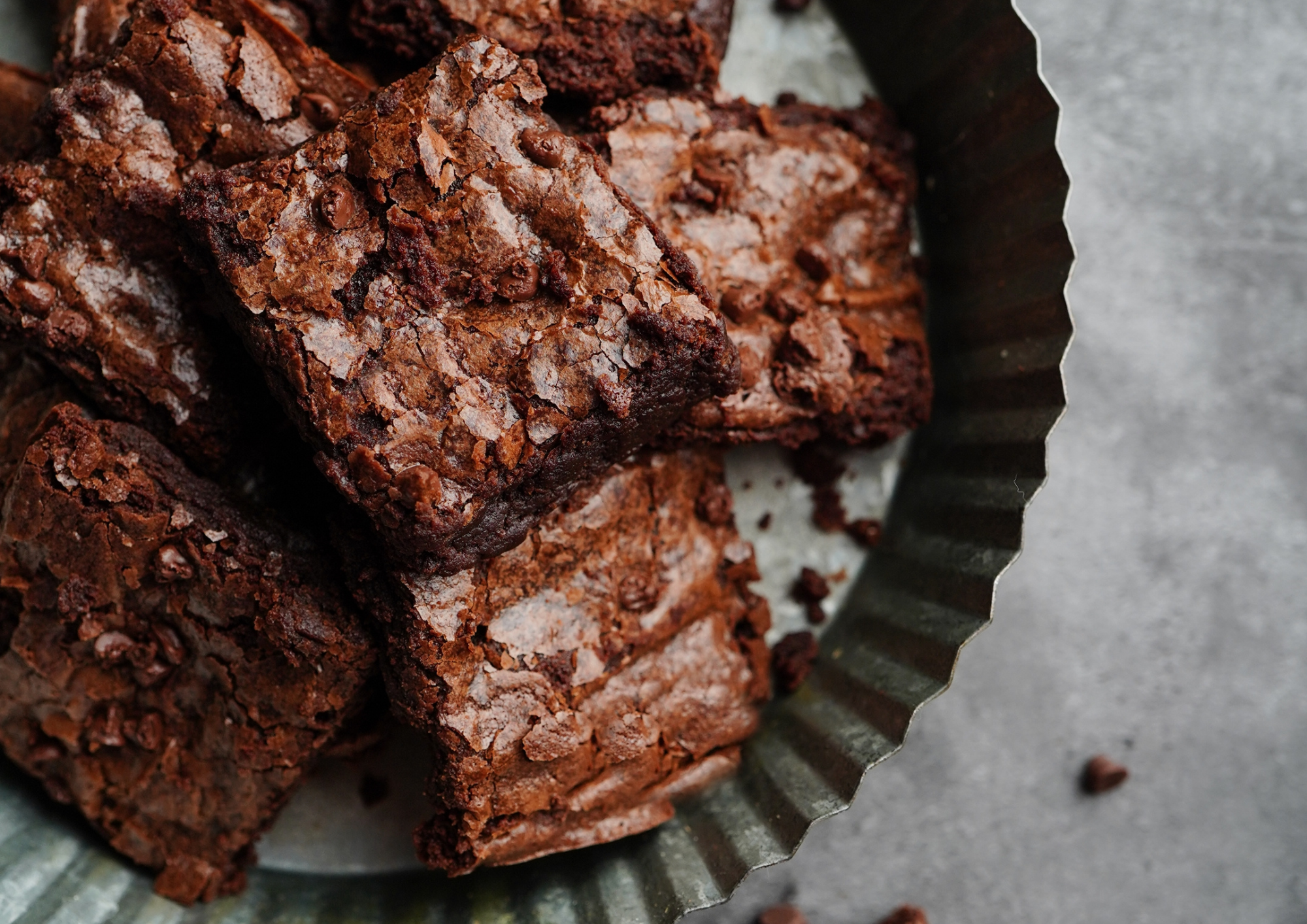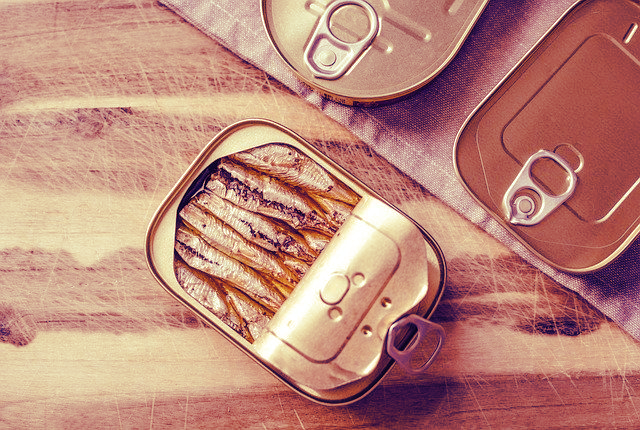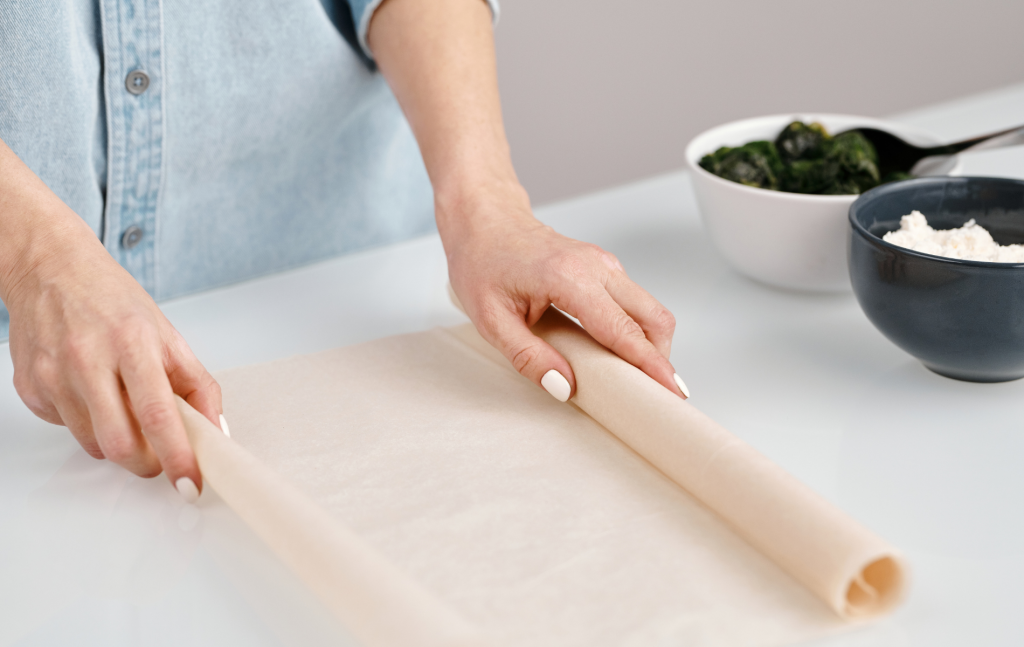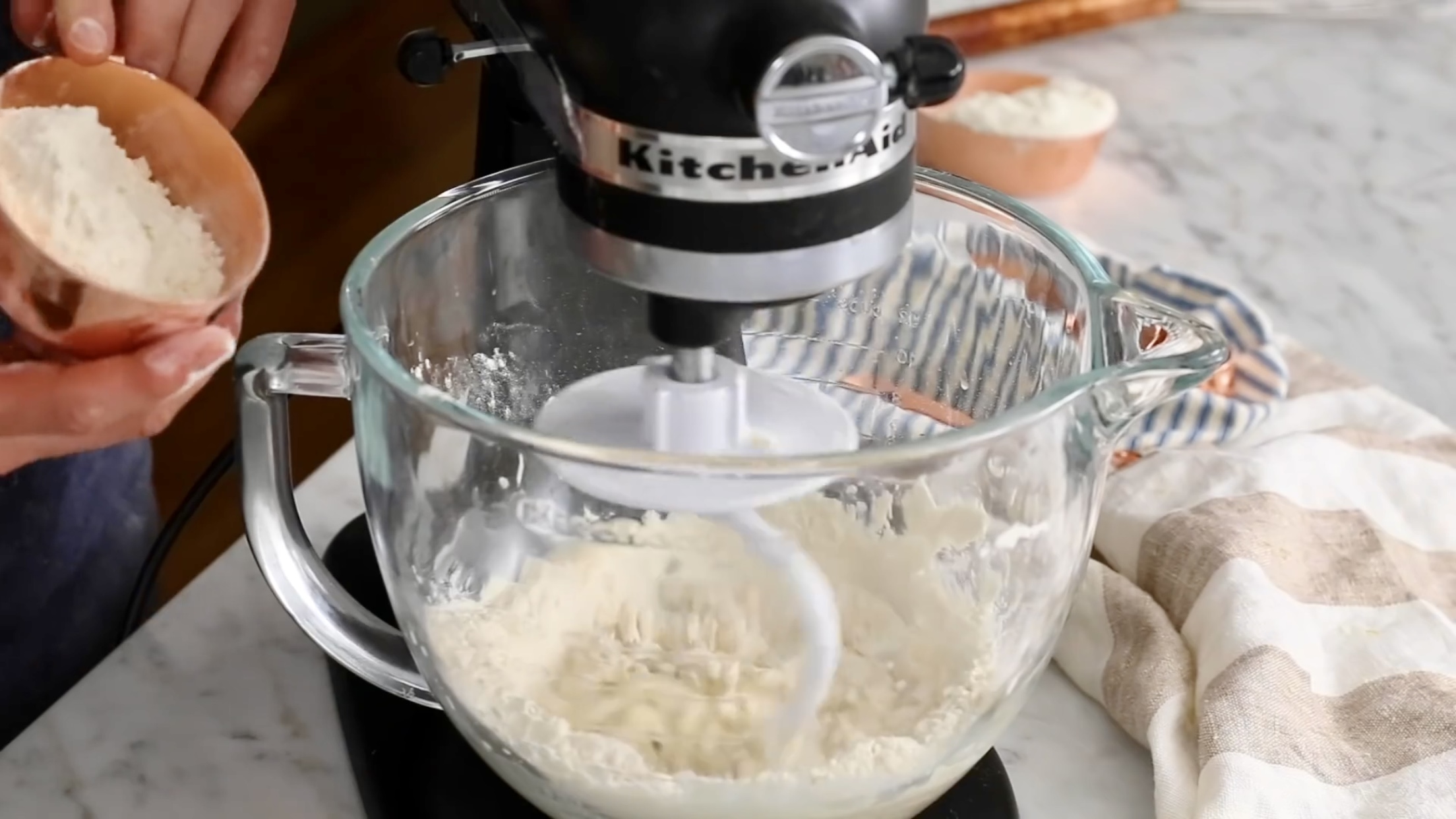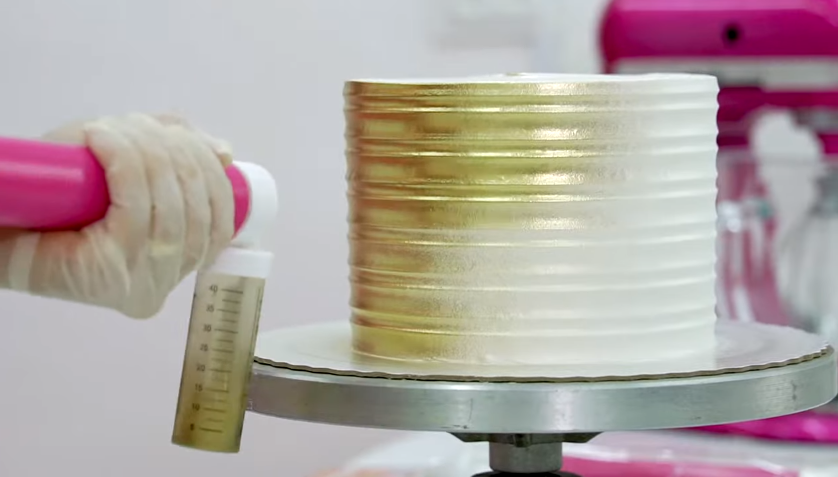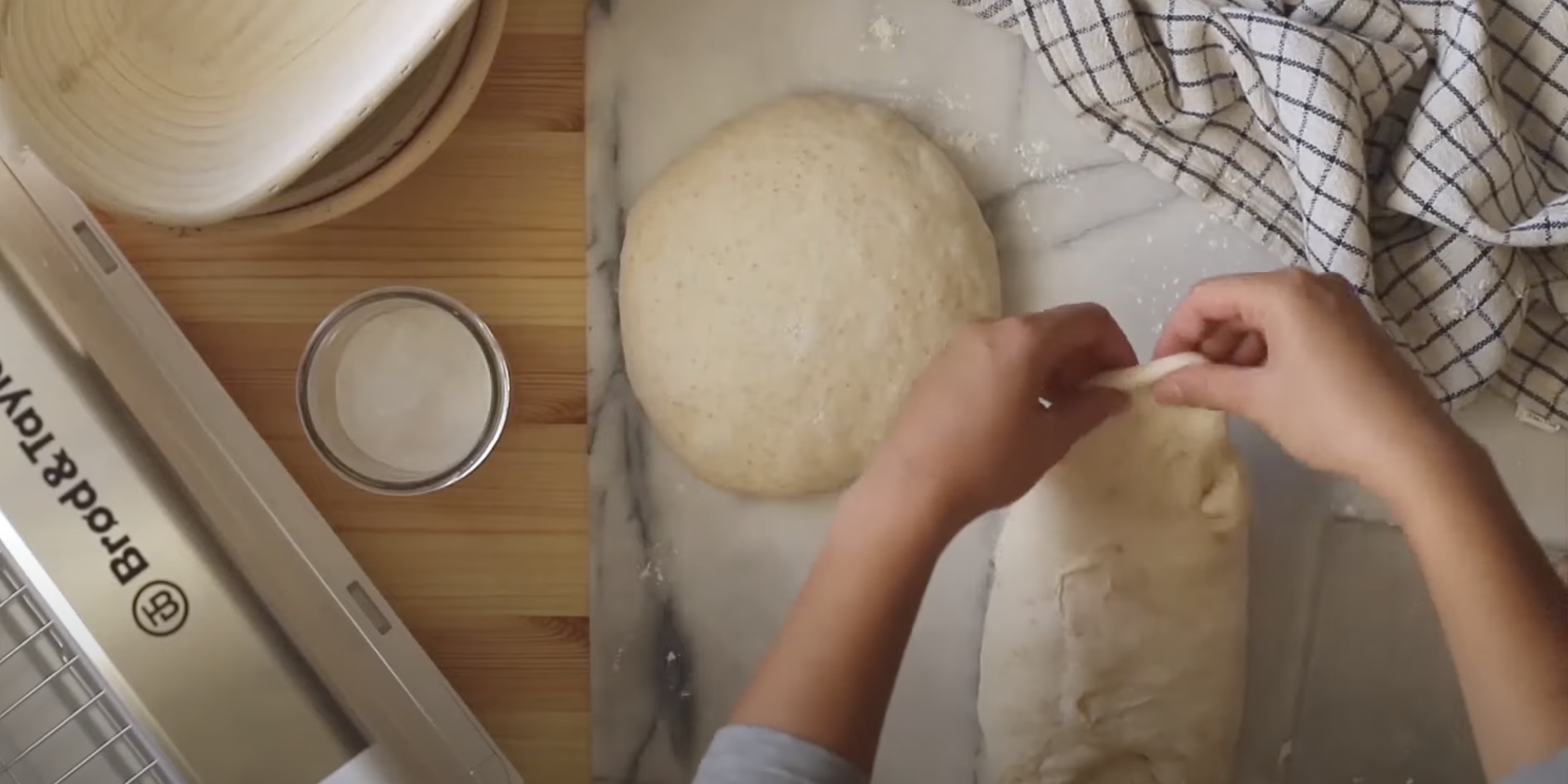And the overnight interval between the second rise and the actual baking would be called, what? The third rising?
The problem with your plan is that if you let a dough rise too much, it over-inflates and then deflates itself, and you're left with Hot Cross Flatbread. Or Hot Cross Bricks. Or, well,… it will be a disappointment, whatever you call it.
One of the great things about yeast doughs, though, is that you have a lot of control over the rising time by managing the temperature. If you put the dough in the refrigerator for the second rise, it will rise much more slowly than if you have it in a 75°F (24°C) environment. Indeed, you can often leave dough to rise overnight in the refrigerator, and by morning, it's perfect and ready to go in the oven, or almost ready and just needing a little more rising time at room temperature.
living proof, here is a very detailed recipe for Hot Cross Buns that requires two rises – the second one starts overnight in the refrigerator and finishes the next day. So if your intention is to have these available on Good Friday, you need to start on Maundy Thursday (or Holy Thursday, or Great and Holy Thursday).





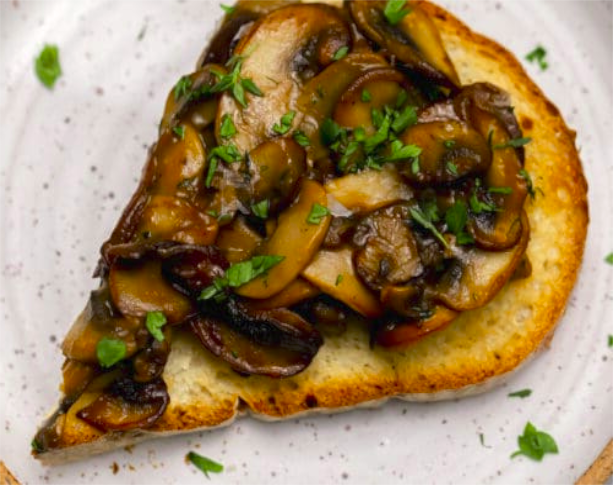
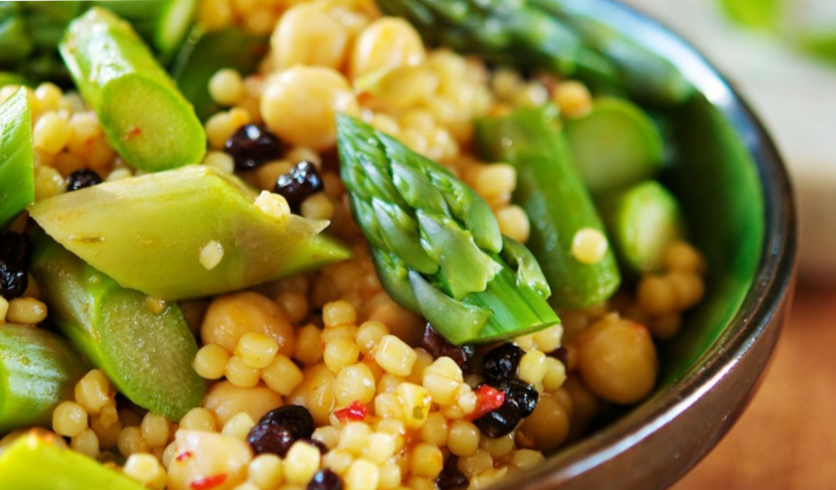

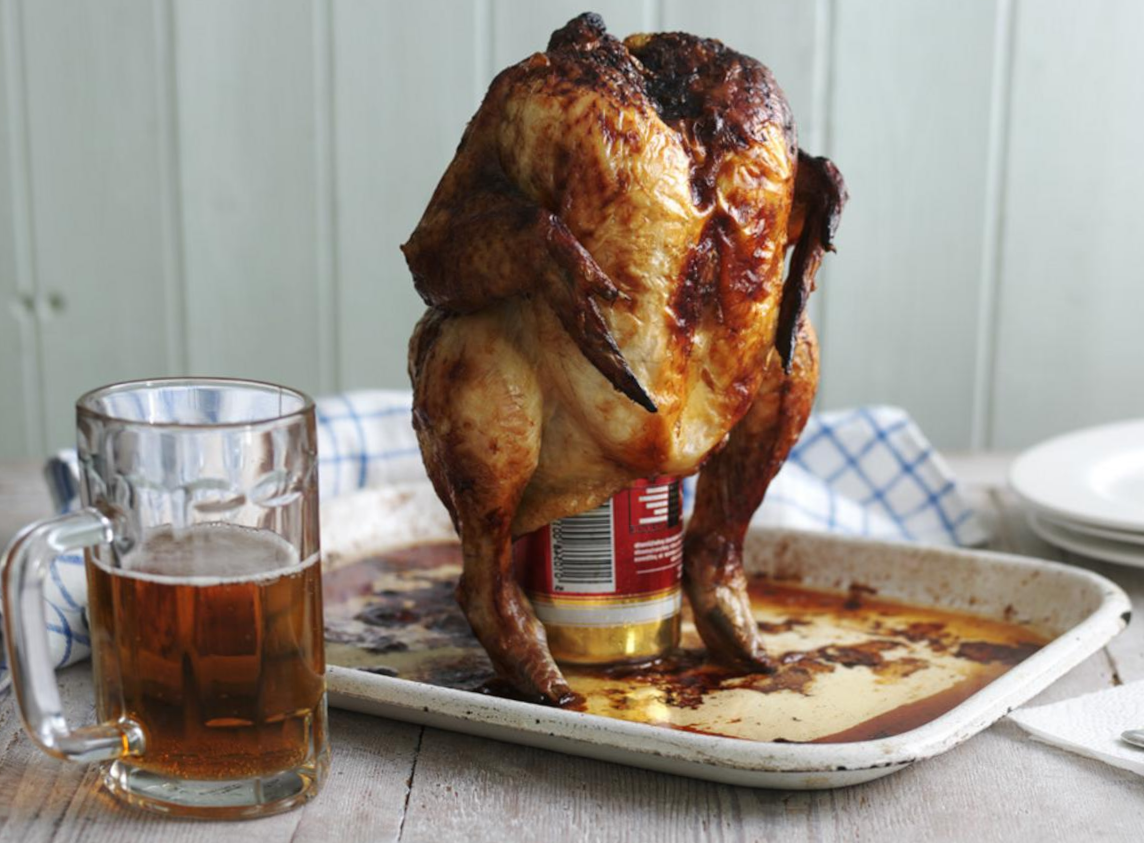

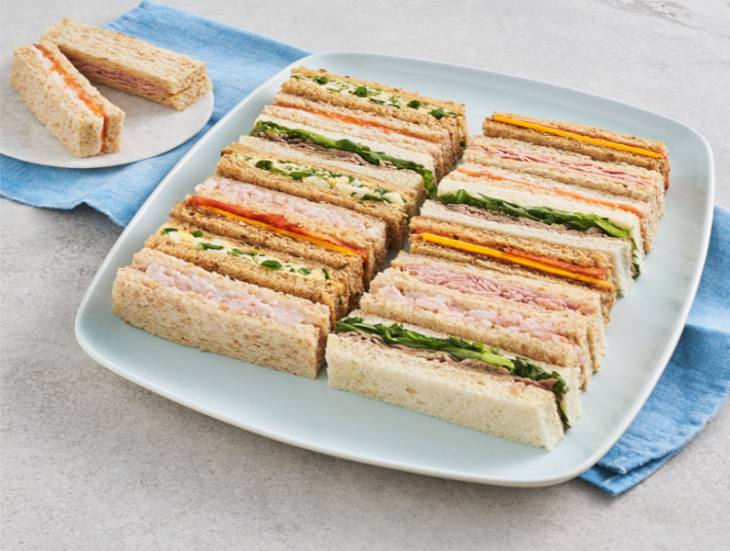




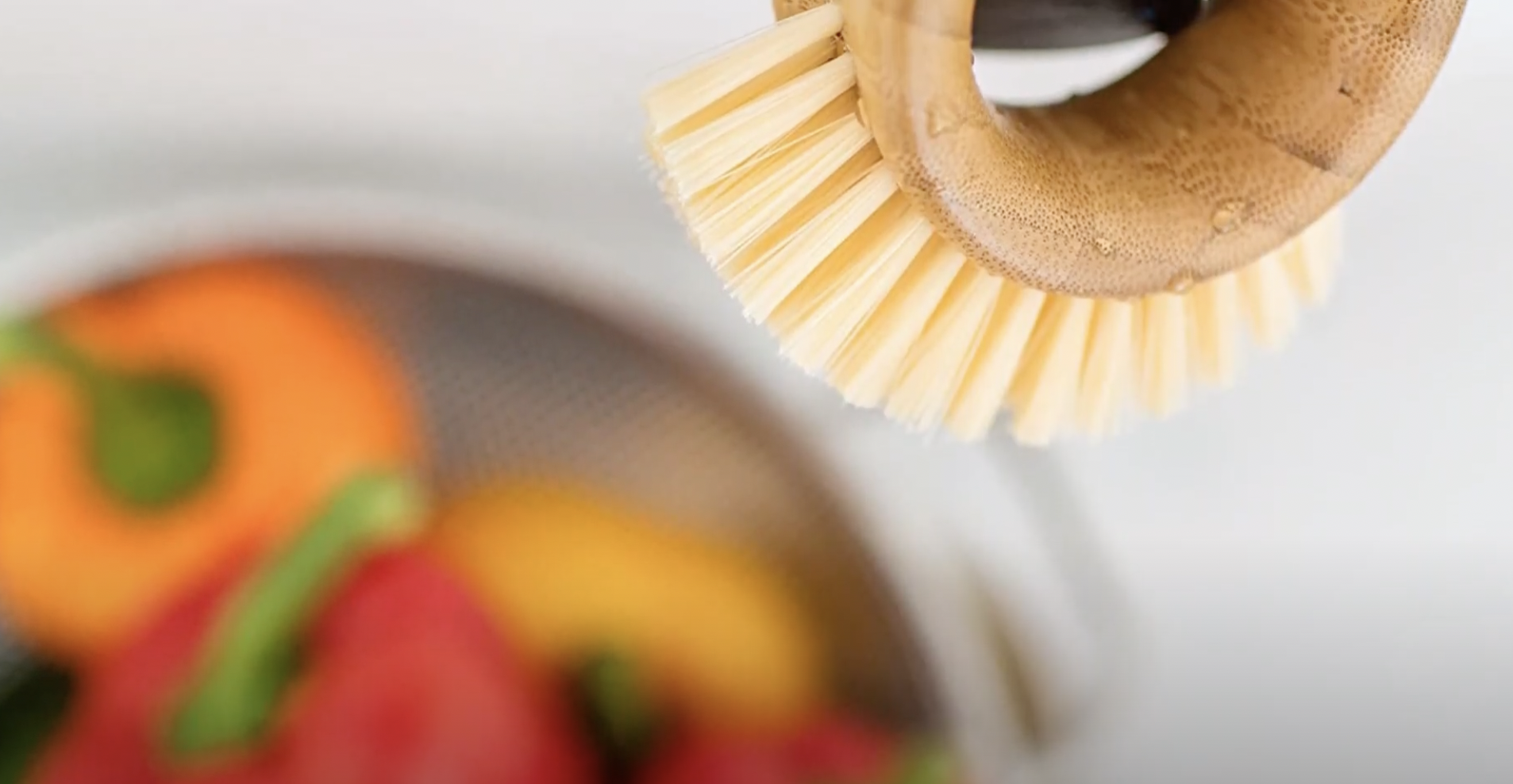

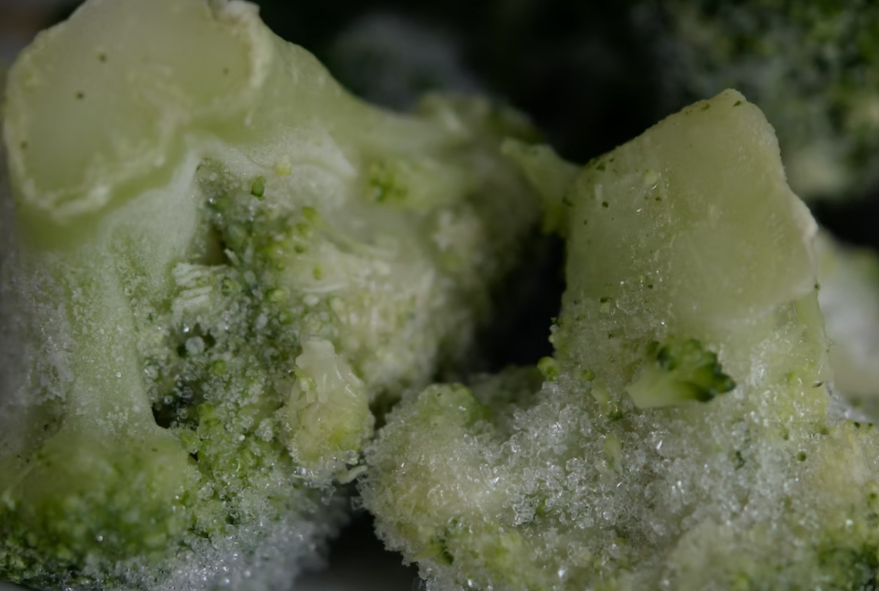
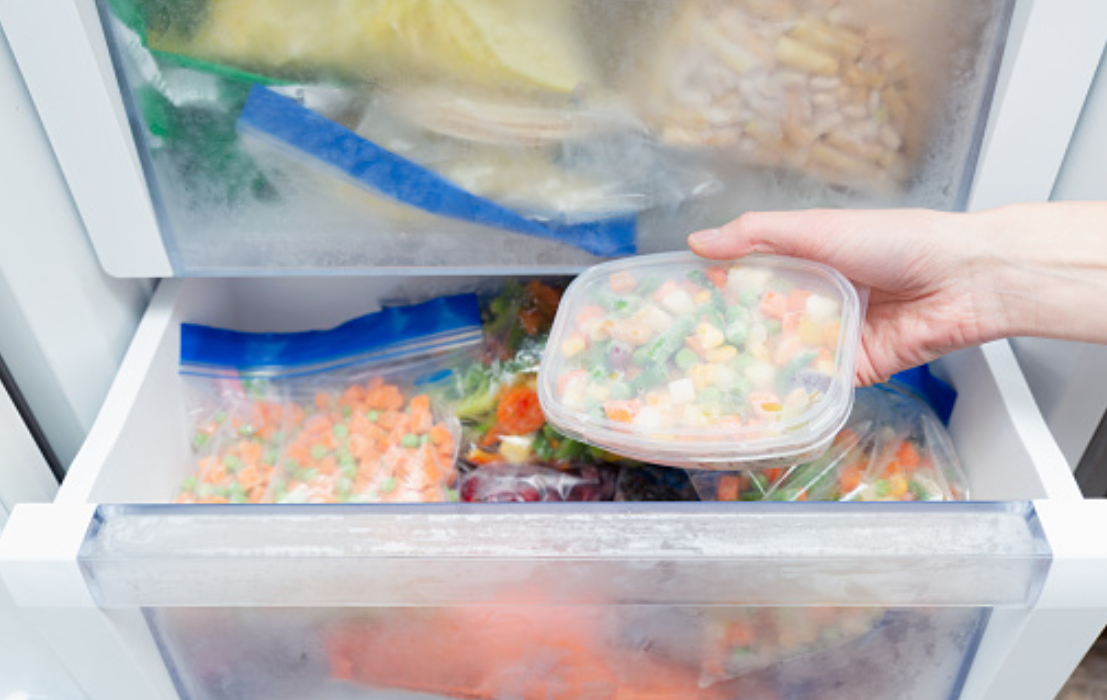
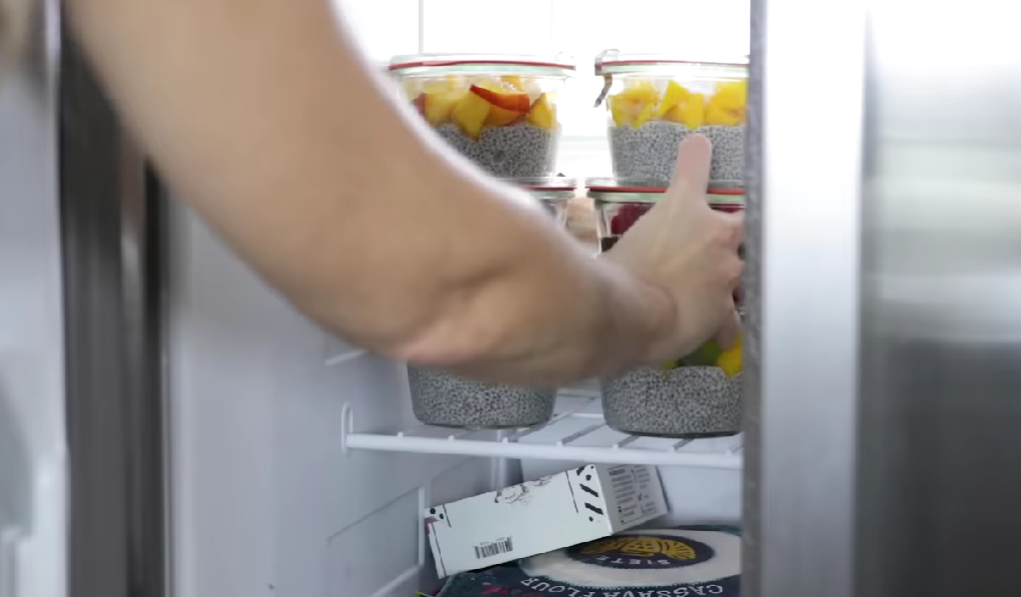
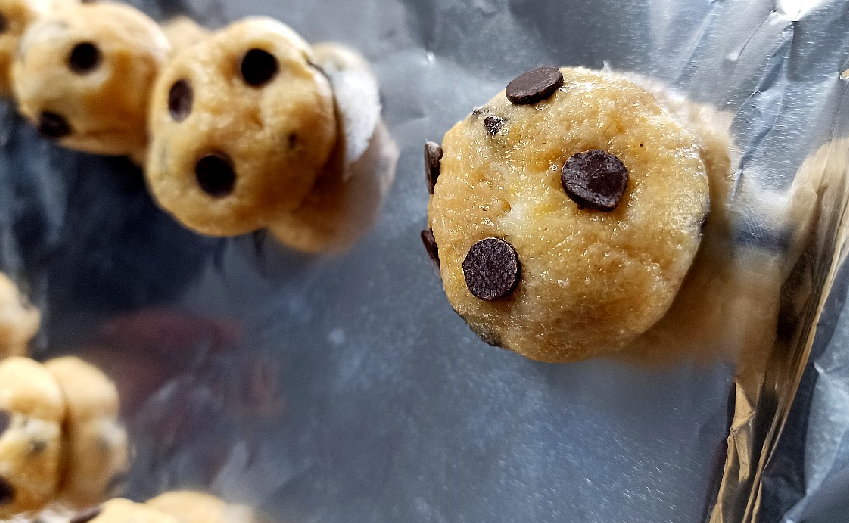
![Can you Cook Eggs in the Microwave? [Complete Guide]](/assets/images/c1f79d1cad59f18f9b5dc31403bd0eb2.png)
